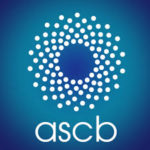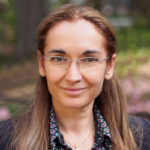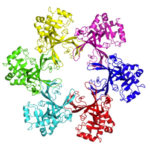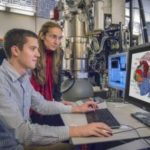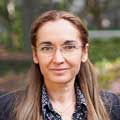Eva Nogales, a faculty structural biologist in the Molecular Biophysics & Integrated Bioimaging Division, has been named 2016 Porter Lecturer by the American Society for Cell Biology (ASCB). The lecture is named in memory of Keith R. Porter, a pioneer in the use of electron microscopy in biology and one of the founders of ASCB, and is bestowed upon an eminent cell biologist each year at the ASCB Annual Meeting. Nogales will present the lecture on December 4 at ASCB 2016 in San Francisco, which will focus on the latest discoveries in the field, including CRISPR, and on building links from fundamental research to clinical issues.
In celebration of Nogales and Mina Bissell, a distinguished scientist in the Biological Systems & Engineering Division and awardee of the society’s 2016 E.B. Wilson Medal, the ASCB will host a dinner at the annual meeting in honor of these two accomplished Biosciences researchers.
